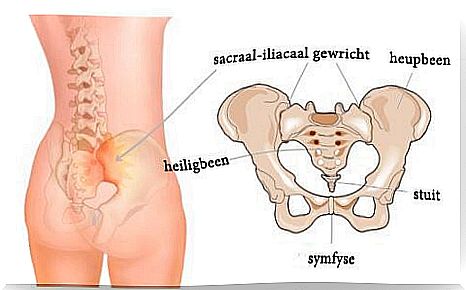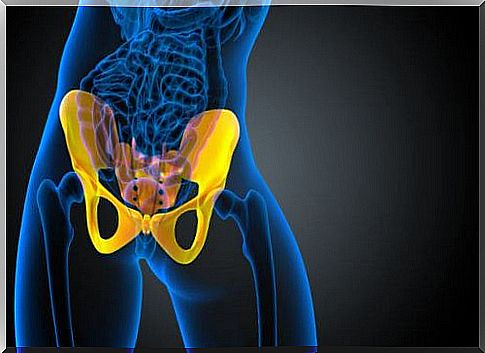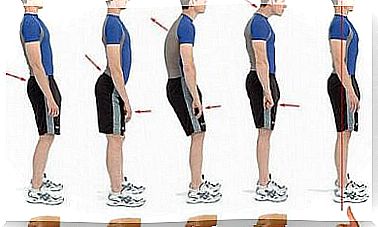What Is Sacroiliac Joint Hypermobility?

The sacroiliac joint is located below the lumbar spine, next to the lower part of the spine, above the coccyx. It is a structure that connects the sacrum, a triangular bone in the lower part of the spine, to the pelvis (the pelvic crest). The sacroiliac joint has the following features:
- small, very strong and reinforced by ligaments
- does not have much mobility
- transfers forces from the upper body to the hips and legs
- acts as a shock absorber
Hypermobility of the sacroiliac joint as well as other conditions affecting this joint are more common in young and middle-aged women.
The anatomy of the sacroiliac joint

The pelvis forms the base of the trunk, supports the abdomen and acts as a unit between the lower extremities and the trunk. So it is a closed osteoarticular circle consisting of three bones and three joints. The three bones are:
- two even and symmetrical iliac bones.
- the sacral, odd and symmetrical bones.
- the sacrum, which consists of five fused vertebrae.
The pelvis is very important in the unstable balance of the spine, because any deviation in the first will inevitably affect the second. Therefore, we can consider it as a functional unit.
Sacroiliac joints are the transition between the spine (above), which is flexible, and the stability of the pelvis below. In addition, scientists consider the sacrum as part of the lumbar vertebrae, and the pelvis as part of the lower limbs.
The Causes of Sacroiliac Joint Pain
It is not yet clear why pain occurs in this area. However, it is thought that a change in the normal movements of the joint may be the cause of sacroiliac pain.
People describe this type of pain as similar to sciatica, which is caused by radiculopathy. The pain can occur for 2 reasons, namely:
- Sacroiliac joint hypermobility. This happens when there is too much movement and also instability in this area of the back. People usually feel the pain in the lower part or in the hip and it can radiate to the groin area.
- Sacroiliac joint hypomobility. Unlike the previous situation, this one occurs when there is little movement or fixation of this area. For example, people usually feel pain on the side of the lower back or buttocks. In this case, the pain can also radiate into the leg.
Evaluation of the sacroiliac joint

There are many tests to examine the mobility of this joint and to diagnose hypermobility or other conditions. Thus, the tests can be of varying complexity and are generally modified in different ways by a physical therapist.
In addition, the same test can produce different results. You should keep in mind that a history for such investigations is also important as it helps the professional to refer you to good kind of investigations. Some of the most commonly used diagnostic tests are:
- Mobility test of the sacroiliac joint. Despite being fairly common, a doctor should consider this initial test to assess the joint. This is because it gives him or her information about the mobility within this structure.
- Downing test. This serves to determine the different problems and the difference between the total or partial mobility deficit of the iliac bones in the sacrum. This test consists of two separate tests, namely:
- the stretch test
- the shortening test
- Ventral sacrum shift. This technique can detect a blockage of the joint as well as other symptoms that a person may be suffering from.
- Gillet hip flexion test. This maneuver allows a doctor to determine a fixation in the ilium or a fixation of the sacrum.
Treatments
There are several physiotherapy techniques to treat joint problems in this area, such as:
- joint unblocking
- to shove
- stretching exercises
- reorganization of the neuromuscular chains
- posture therapy
Postural care
In addition to the above measures, there are also other measures that a person can take, such as applying ice, heat and taking rest. You can also use:
- medicines for pain
- props
- correction aids
- controlled exercise
However, you should see your doctor if you experience pain in this area and you should not take any corrective action without his or her supervision.









